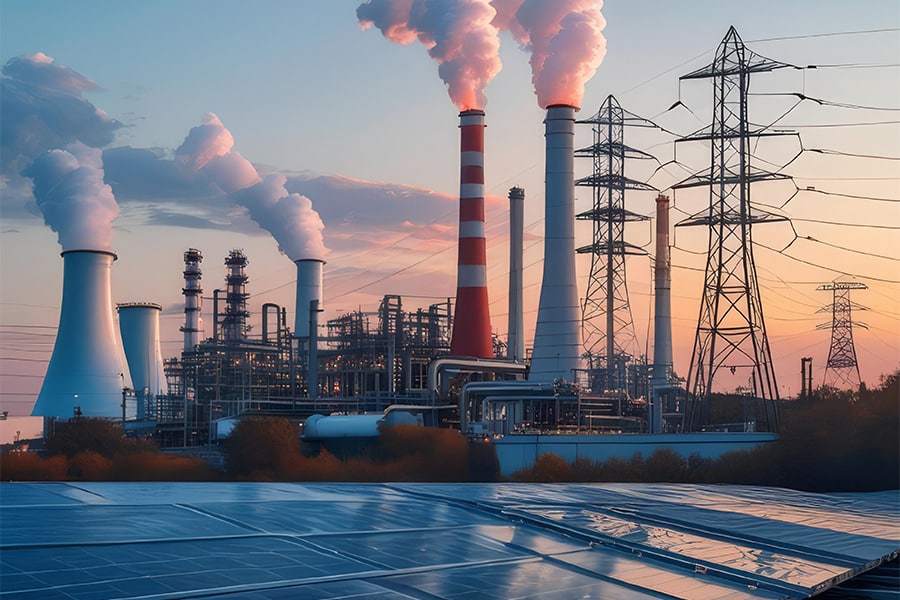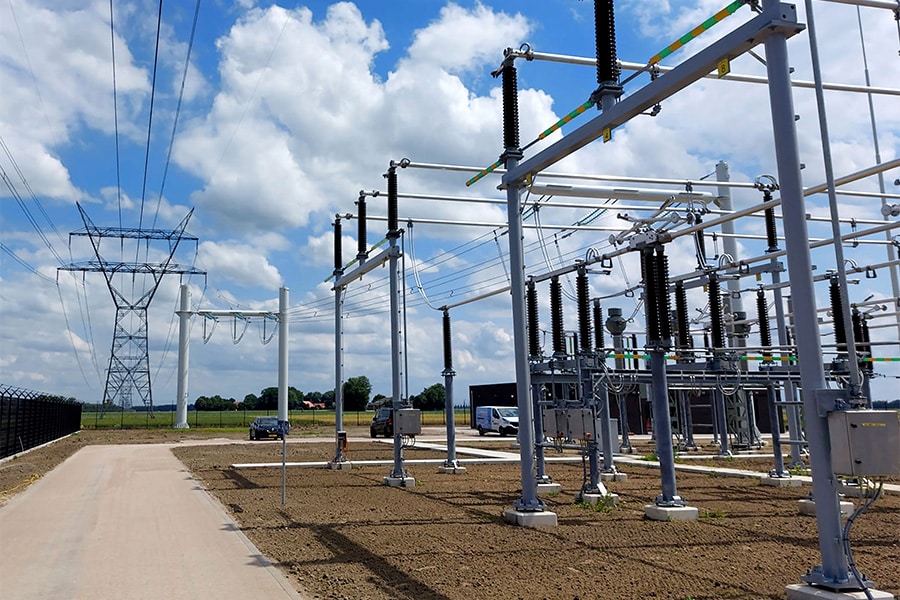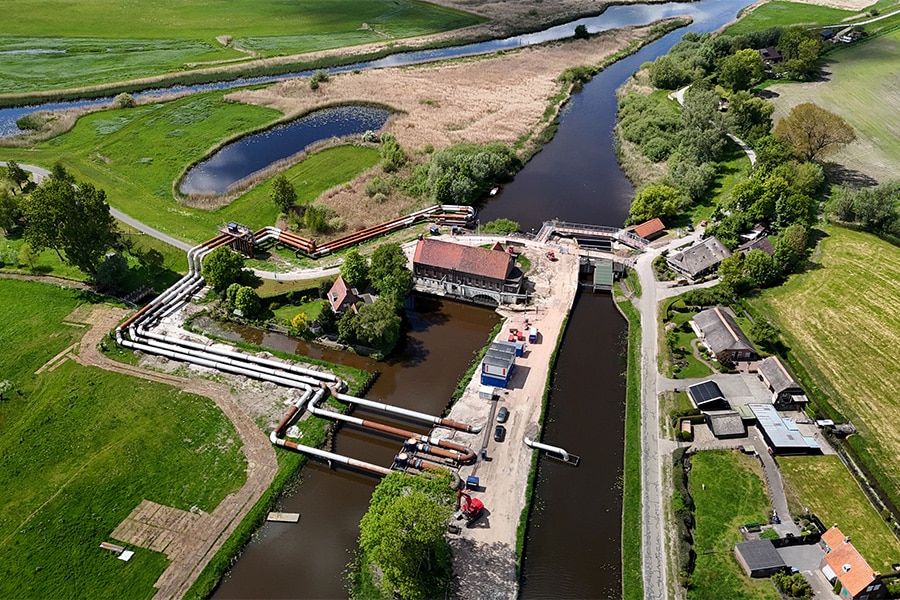
The energy transition and grid congestion 'unraveled'
Energy transition and grid congestion are terms that come up regularly, but what do they really mean? And more importantly, how can we deal with them as efficiently as possible? SmallToGo helps local governments and energy cooperatives meet these challenges. Director Danny van Hooren explains.
Energy transition became the government's goal a few decades ago under the guise of the "From gas free" project. This means that heat, especially in winter, must be generated by another source. For example, by a heat pump, a heat grid, geothermal heat or another form of energy that can heat homes or buildings. Work is currently underway with partners and some government agencies to build a heat grid in the Randstad.
Heat pumps and solar panels
Using other sources for heat generation also creates new problems. Instead of needing gas, it requires more power from the grid. Because of government subsidies for installing heat pumps, many tens of thousands of heat pumps have been installed in the last few years. These provide a greater draw of power on the electricity grid. Another aspect is that in the last five years huge amounts of solar panels have been installed to generate electricity. In the summer months, these panels provide enough energy for most households to get by during the day. The generated energy that is not consumed is pushed back into the electricity grid.

Dynamic power grid
There are a number of challenges for energy suppliers right now with one of the most important being the prevention of electricity outages. The power grid that was once 1-way has now become dynamic to both sides. The energy supplier no longer just delivers power, but gets it back. This dynamic means that there are times when too much power comes onto the power grid, causing the grid to become overloaded: grid congestion. This occurs mostly in the summer. In winter, it is reversed. Solar panels do not provide maximum power, but the heat pumps are running to heat the home. So a lot of power is needed in winter. Then the energy supplier has to supply more than the grid can handle: grid congestion.
Local governments and local energy cooperatives are provided with energy transition advice and developments through knowledge from SmallToGo. Countering grid congestion plays an important role in this. In addition, SmallToGo is looking at the smart grid concept: how can power be better distributed and how can residents use each other's energy. While the energy transition is a very good endeavor, it simultaneously creates other problems that need to be addressed immediately. The energy transition is in full swing and the awareness that consumption behavior must also be adjusted is growing by the day.




